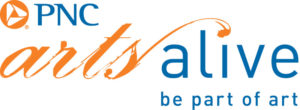Grattage
Grattage is a surrealist painting technique developed by Max Ernst in 1926. Richly textured objects such as wood, wire, and basketweaves, along with wet paint and a scraping tool, transfer the textures to the canvas or paper.
Here we approach the technique of grattage in two ways. First, we place a canvas or paper with wet paint over a surface and scrape the paint away to reveal a textured surface beneath. In the second approach, we scratch away a wet layer of paint to reveal colors beneath.
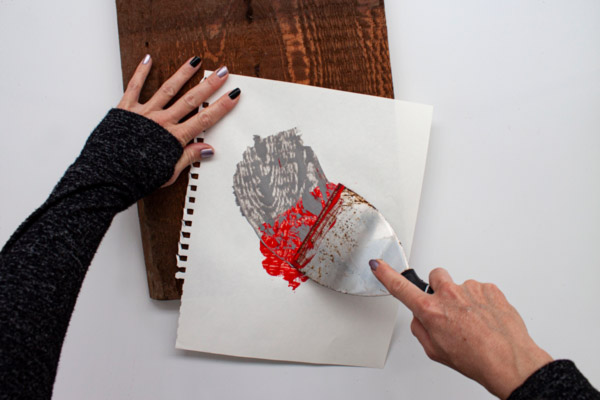
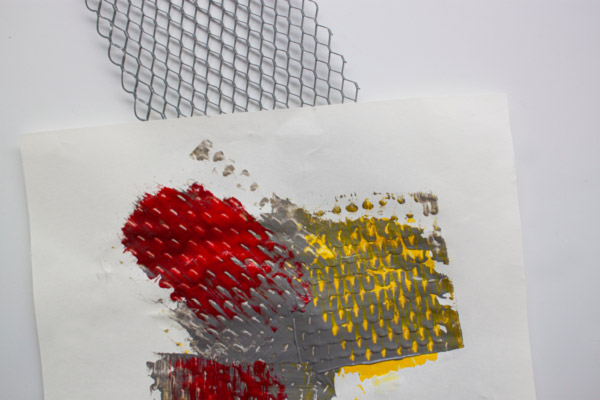
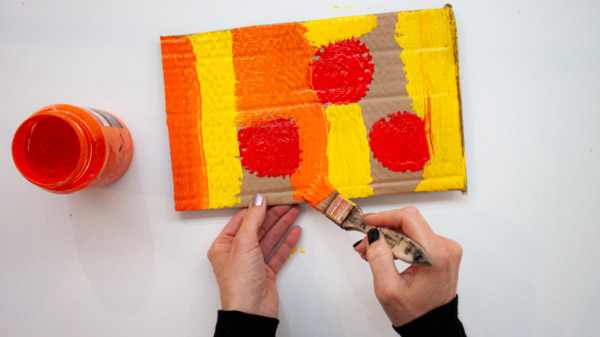
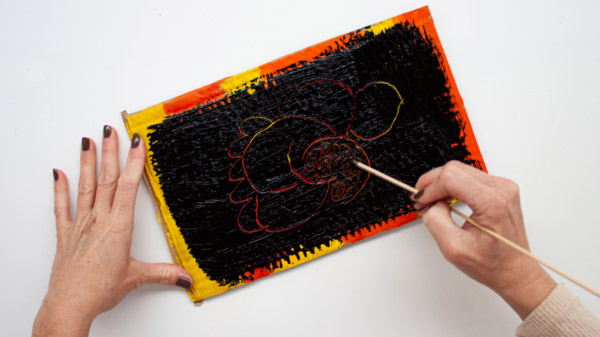
Materials:
- Canvas
- Sketch Paper
- Cardboard
- Acrylic Paint
- Paint Brush
- Textured Surfaces
- Scraping Tool
- Scratching Tool (pointed wooden skewer)
Method 1
Step 1: Choose a variety of flat textured items or surfaces.
Step 2: Place a piece of canvas or paper over the textured surface.
Step 3: Add paint to the canvas or paper.
Step 4: Using a scraping tool, scrape away the paint while still wet, over top of the textured surface. Be sure to hold the canvas tightly in place while scraping.
Step 5: Allow this layer to dry.
Step 6: Repeat the process with other textures or the same texture.
Method 2
Step 1: Apply one or more colors of paint onto a canvas or paper. Allow the paint to dry.
Step 2: Apply another layer of paint of a different color on top of the dried layer.
Step 3: While the second layer is wet, use a wooden scratching tool to remove some of the paint and reveal the colors beneath.
Learning and Discussion Questions:
1. To learn more about Max Ernst, watch this video of MOMA (Museum of Modern Art) Curator Anne Umland. At time stamp 4:11, the technique of frottage is discussed.
2. Students of Art History often study the surrealist art movement and Max Ernst. In 2018 a master’s student at The University of Texas at Austin wrote her thesis focused on Ernst’s series of paintings, The Horde, which used the grattage technique. Click here to read her thesis.
Thank you to our sponsor, PNC Arts Alive!, for helping to make this video possible!

